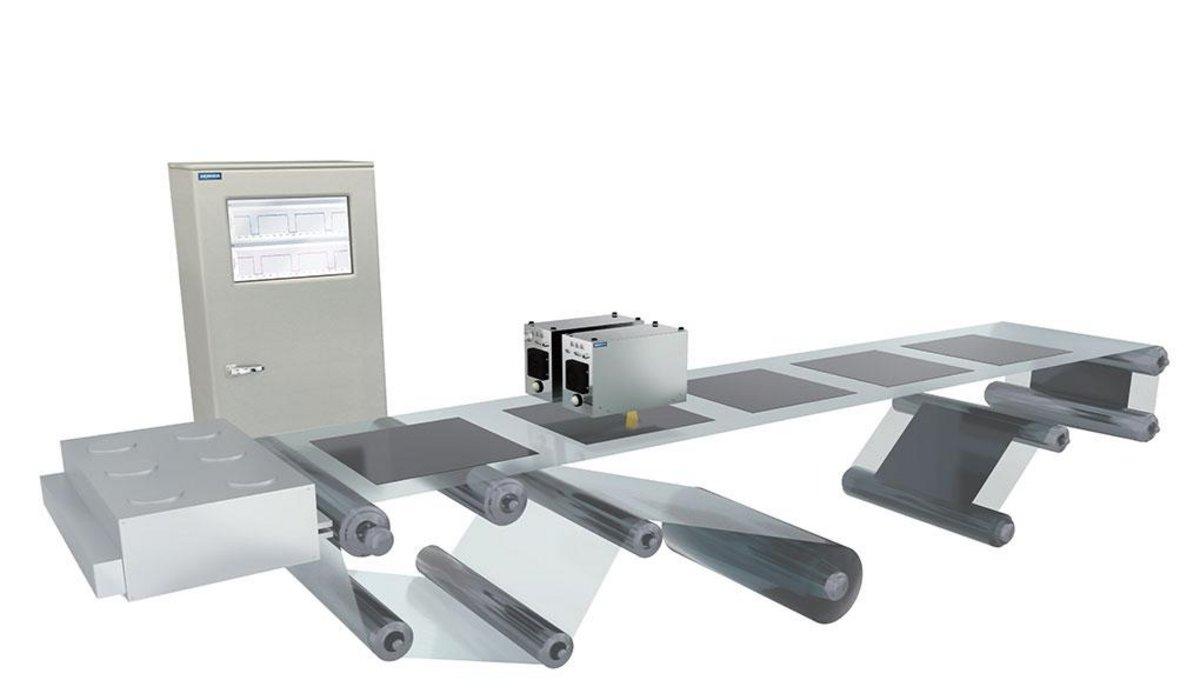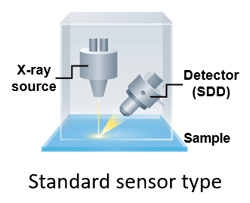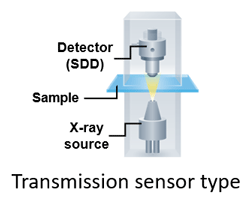
In-Line XRF Monitoring
Real-time XRF analysis and control for roll-to-roll coating processes
HORIBA developed its in-line XRF monitoring especially for continuous roll-to-roll processes (R2R). Monitor and analyze coating processes directly in-line in real-time to ensure the correct material properties. Make use of over 50 years of HORIBA expertise in X-Ray Fluorescence (XRF)!
Key Features:
- Seamless Integration: Designed for easy integration into roll-to-roll processes, complete with X-ray protection measures.
- Modular Software: Highly connective and modular software facilitates in-line process monitoring.
- Compatibility: Compatible with standard communication protocols for streamlined integration into existing systems.
With in-line X-ray fluorescence measurement, you can accurately determine material thickness or element loading in real-time during production, eliminating the need to remove products for time-consuming laboratory analysis.
The dedicated process software, with support of standard communication protocols, enables the introduction of real-time quality control in various industrial processes. This not only leads to cost savings by reducing rejects but also minimizes material usage, particularly for precious metals like platinum or iridium. Moreover, it contributes to sustainable production by conserving resources, ultimately enhancing overall production efficiency.
In-line XRF technology detects concentrations ranging from 100 percent down to the parts per million (ppm) range, and in some cases, even down to the sub-ppm range. Upgrade your coating processes with precise, real-time monitoring for improved quality, efficiency, and sustainability.


 Standard Sensor Type
Standard Sensor Type Transmission Sensor Type
Transmission Sensor Type


